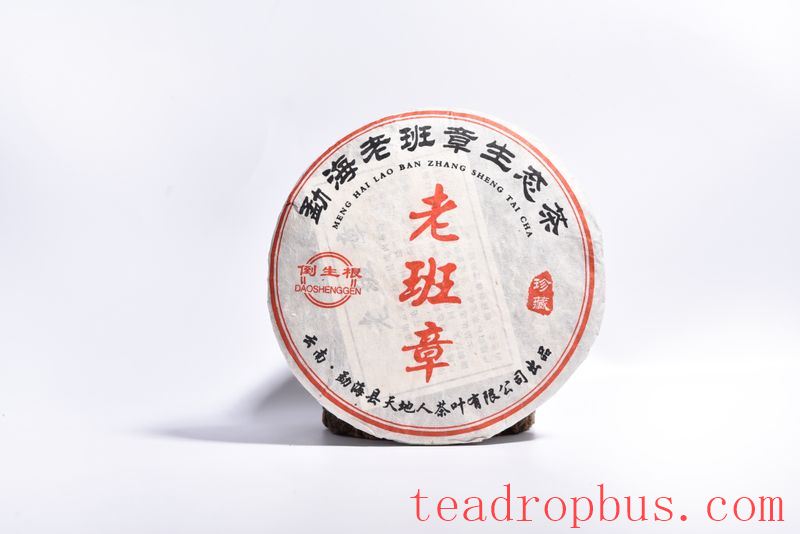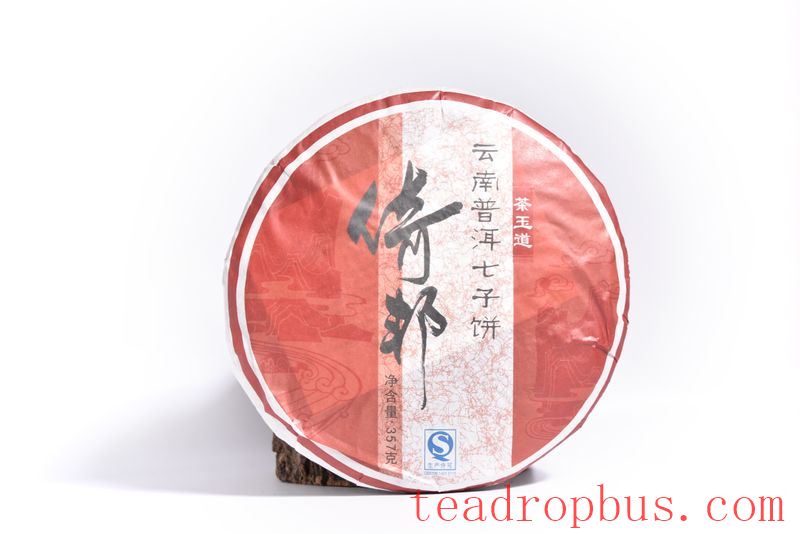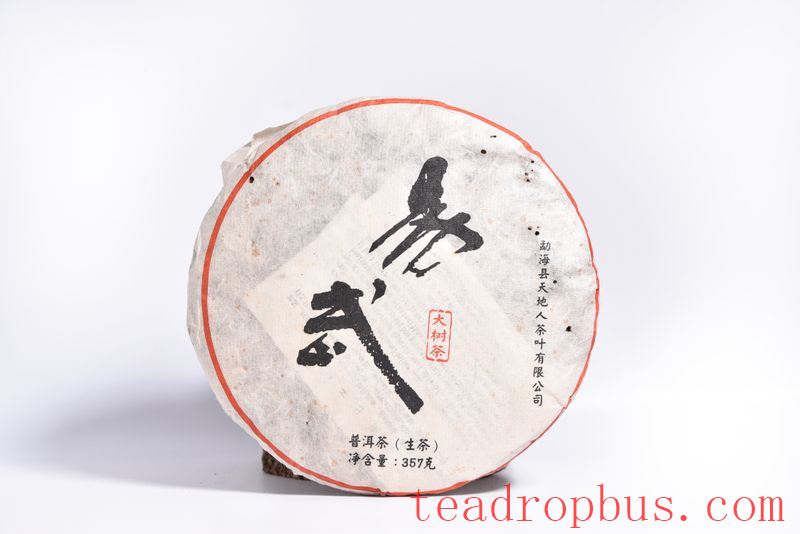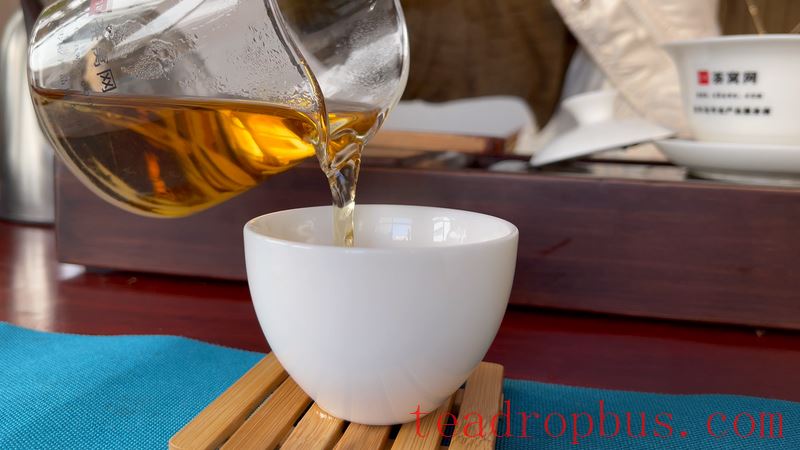Puer Tea is a specialty of Yunnan Province, where there is a long history of tea cultivation. Yunnan is the original birthplace of tea trees and the source of various types of teas in China and around the world. Puer tea is grown throughout the province of Yunnan, particularly in the regions downstream of the Lancang River: the Puer production area, the Xishuangbanna production area, the Lincang production area, and the Baoshan production area. The Puer tea produced by different mountains and villages in these areas varies in character and charm, leading to the saying that each mountain has its own unique flavor. Below, we will explore ten well-known representative Puer tea mountains.

1. Laobanzhang
Keywords: King of Puer, Dominant and Robust
Production Area: Xishuangbanna – Menghai Production Area, Bulang Mountain
With a long history of tea tree planting and taste, “Laobanzhang” has firmly held the top spot in the Puer tea world in recent years, named after the village it originates from.
2. Mansong
Keywords: Royal Tribute Tea, Sweet and Refined
Production Area: Xishuangbanna – Mengla Production Area, Yibang Tea Mountain
Mansong, as a “royal tribute tea,” commands prices on par with Bingdao and Laobanzhang. It now sits firmly in the first tier of Puer teas and is even hailed as the pinnacle of the Puer tea world.

3. Bingdao
Keywords: Puer Supreme, Highly Aromatic and Sweet
Production Area: Lincang Production Area – Bingdao Old Village
Not using fertilizers, pesticides, or other inorganic substances, Bingdao ancient tree tea is pure, natural, and free from pollution. Due to its age and the new shoots of old trees, the quality is exceptionally high, earning Bingdao tea the title of “Queen” among Yunnan Puer teas.
4. Guafengzhai
Keywords: High Standard Puer Tea, Strong and Wild
Production Area: Xishuangbanna – Yiwu Production Area
The ancient tea trees in Guafengzhai have largely remained untouched by human intervention and grow alongside ancient trees in the primary forest, maintaining their natural growth, thus producing high-quality ancient tree tea.
5. Xigui
Keywords: “Laobanzhang of the Lincang Tea Region,” Powerful Qi
Production Area: Lincang Production Area
Xigui tea belongs to the Bangdong large-leaf variety. Because only spring and autumn teas are harvested annually, the tea trees are well-preserved, resulting in significantly higher quality compared to other villages.

6. Mahēi
Keywords: Second in Yiwu, Ancient Tea Trees with Pruned Height, Rich Flavor, Gentle Yet Robust
Production Area: Yiwu Production Area
Mahēi originally belonged to the ancient Manzha tea region, one of the six ancient tea regions, named for its location along the ancient Tea Horse Road. Mahēi is the largest and most productive area among the many mountains in Yiwu.
7. Naka
Keywords: High-Quality, Famous, High Aroma, Rich Flavor
Production Area: Menghai Production Area
First rarity – small-leaf variety, extremely rare in the Menghai tea region known for its large-leaf varieties; second rarity – stone-grown tea, ancient tea trees growing out of stone crevices; third rarity – bamboo tea, Naka tea was once a tribute to the “Cheli Xuanwei Mansion” during the Qing Dynasty. Naka bamboo tea was even designated as a tribute tea to the Burmese king, highlighting the excellence and renown of its tea.
8. Wanggōng
Keywords: Supreme among Yiwu Teas, Pure and Enchanting
Production Area: Yiwu Production Area
Wanggōng Village was once at the core of the ancient Mansa tea region. Wanggōng was a famous village along the ancient tea horse road and one of the two most glorious villages in the Yiwu tea mountains.

9. Laomane
Keywords: Planted by the Bulang Ancestors, Pure Bitterness
Production Area: Menghai Production Area
Laomane tea is produced in the core production area of the ancient Bulang tea mountain in Menghai – the “Daban Zhang Tea Region.” With old trees, good ecology, and excellent tea quality, it exhibits strong mountain and wilderness qi.
10. Kunlushan
Keywords: Imperial Tea Garden, Elegant Fragrance, Not Heavy, Not Durable When Steeped
Production Area: Puer Production Area
The most significant feature of the tea trees: long tree age, low yield, diverse tree types, and high vegetation coverage.